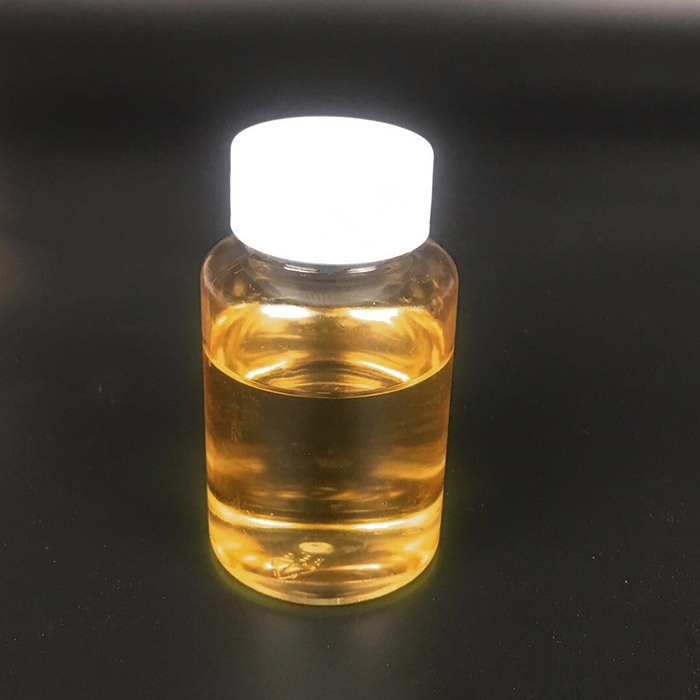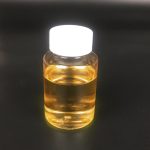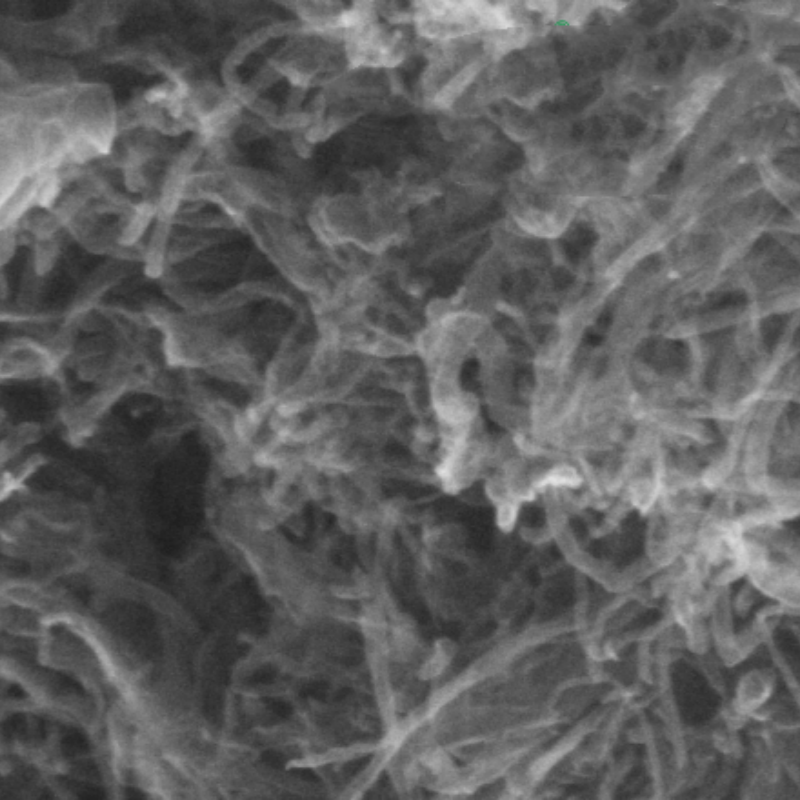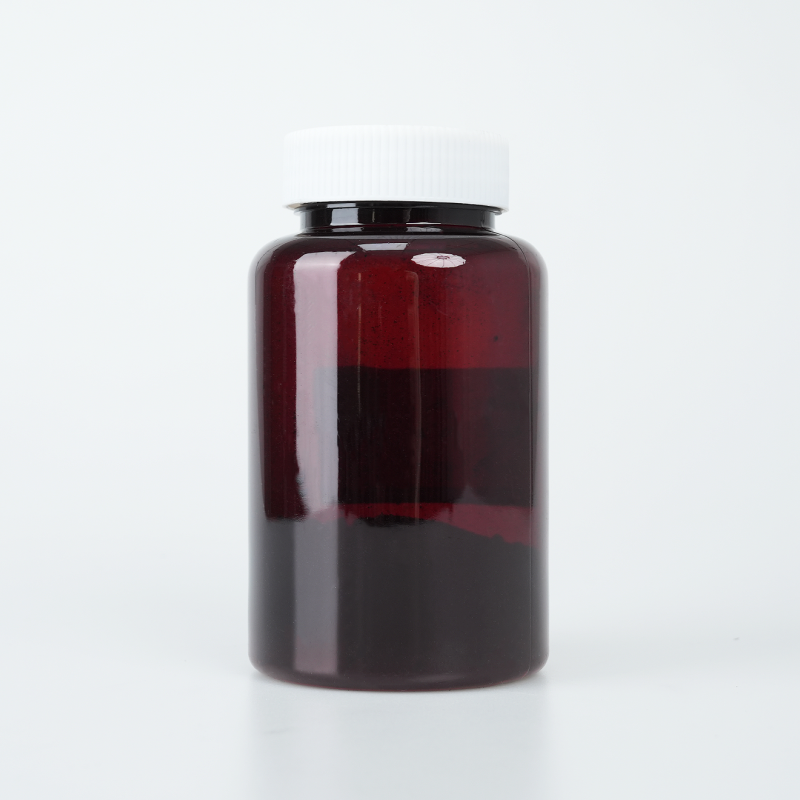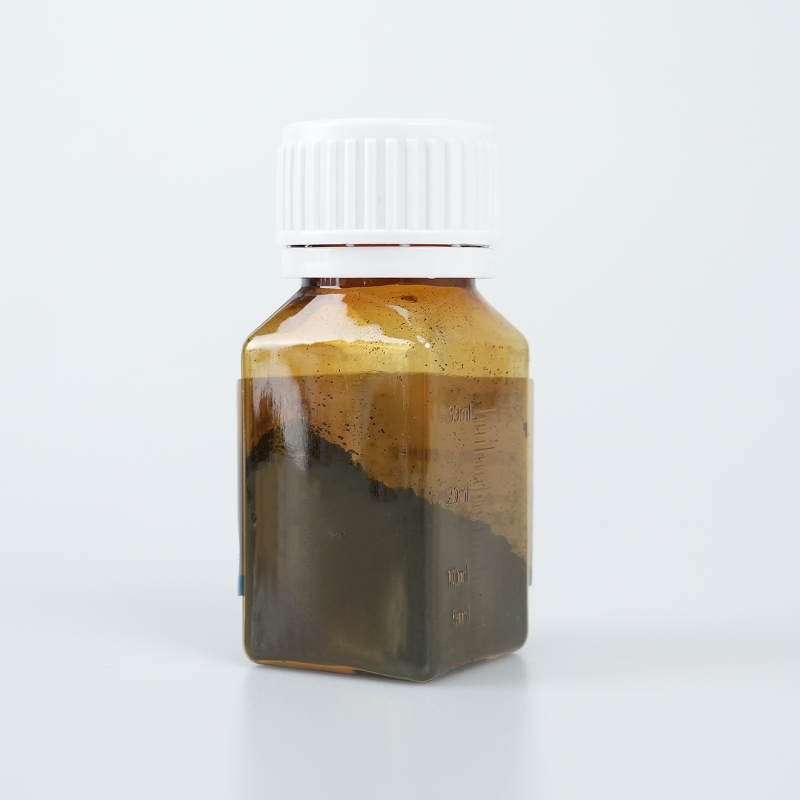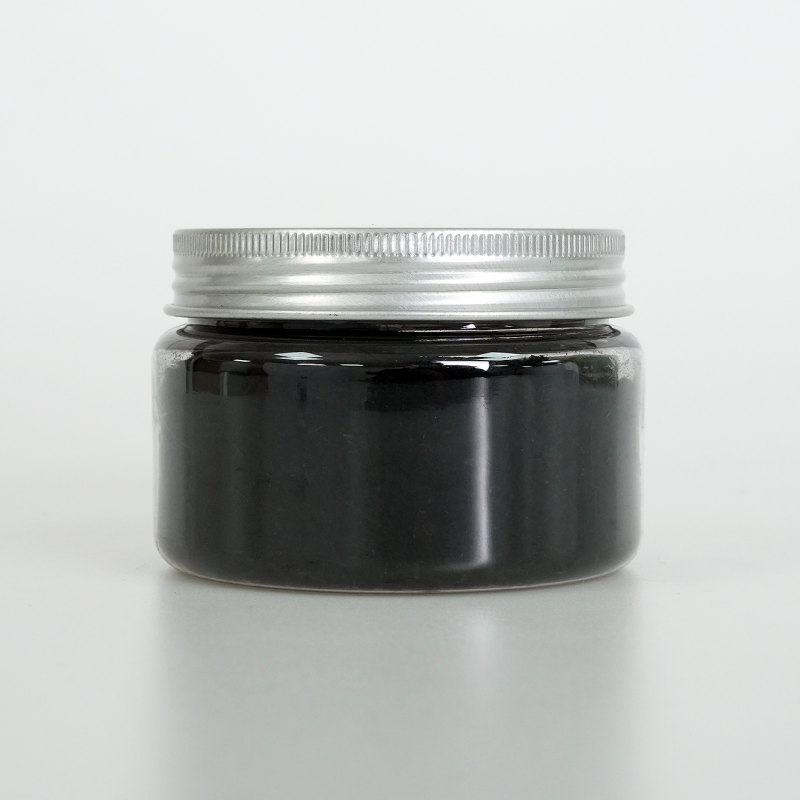PEG-modified silver nanoparticles provide optimized stability, superior biocompatibility, and enhanced dispersion in aqueous solutions. Designed for advanced applications, they ensure efficient surface functionalization, extended durability, and high-performance adaptability.
Product Overview
PEG-modified silver nanoparticles are silver nanoparticles that have been surface-coated with polyethylene glycol (PEG) molecules to enhance their biocompatibility and stability. This modification enables the nanoparticles to be more effectively used in biomedical applications and to bind with molecules such as antibodies, nucleic acids, and proteins, expanding their potential applications. PEG modification also helps to increase the circulation time of nanoparticles in the body, enhancing their effectiveness in targeted therapies.
Key Features
- Biocompatibility: The PEG modification significantly improves the biocompatibility of silver nanoparticles, making them suitable for in vivo applications.
- Extended Circulation Time: PEG modification increases the circulation time of nanoparticles in the body, enhancing their passive targeting ability, especially in tumor sites.
- Stability: PEG modification improves the stability of silver nanoparticles, reducing immune responses and enhancing their efficacy in biomedical applications.
Applications
- Environmental Remediation: PEG-modified silver nanoparticles have excellent catalytic activity and physicochemical properties, making them widely used in environmental remediation, including pollutant removal, sterilization, virus inactivation, and sensor applications.
- Antimicrobial Applications: Due to their strong antibacterial properties, silver nanoparticles are widely used in the pharmaceutical, environmental, and antimicrobial fields. They are especially useful in optical and electrochemical sensors for quantitative analysis of analytes in various matrices.
- Antithrombotic and Antibacterial Properties: PEG-modified silver nanoparticles exhibit both antithrombotic and antibacterial properties, making them important for reducing complications in cardiovascular implants.
| Item | Parameter |
| Concentration | 0.1 mg/mL |
| Solvent | Water |
| Particle Diameter | 30, 40, 70, 90, 120, 140, 160, 200 (customizable) |
| Note | Carboxyl-terminated is typical; amino-terminated is unstable |
 new material
new material

